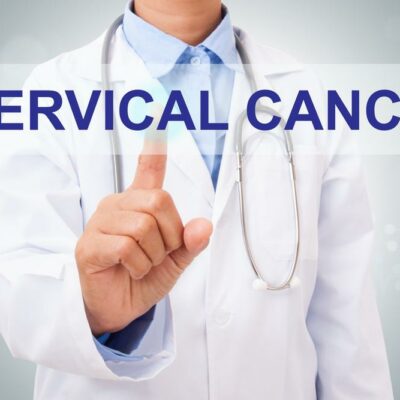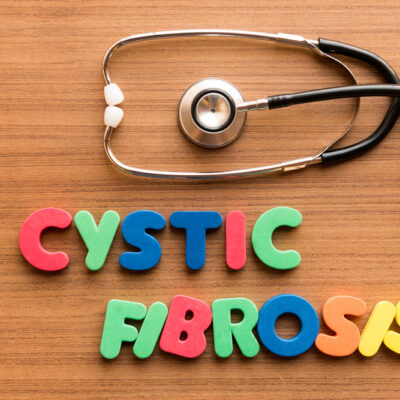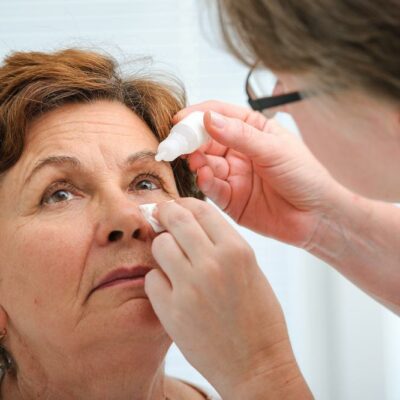
Health
Treatments Options for Cervical Cancer
Cervical cancer refers to the growth of cancerous cells in the cervix, which connects the vagina to the uterus. It is the lowest portion of the womb and a crucial part of the female reproductive system. Cervical cancer is characterized by the growth of abnormal cells in the cervix and their subsequent invasion of other tissues and organs. As a woman’s body goes through a lot of changes, getting a regular screening done is important so that there is no delay in beginning cervical cancer treatments. Read on to know some important information about cervical cancer. Cervical cancer screening Cervical cancer screening is performed to determine if there are any significant changes in the cells of the cervix, which may lead to cervical cancer. In order to figure out whether cervical cancer treatment is required or not, the screening needs to be performed through a Pap test or through HPV (human papillomavirus) testing, depending upon the patient’s age. Additionally, one may even opt for a bimanual pelvic exam or a visual inspection with acetic acid for screening and verification of any change in the cancer cells. Cervical cancer treatments Cervical cancer is one of the worst forms of cancers that affect women.
Read More 















